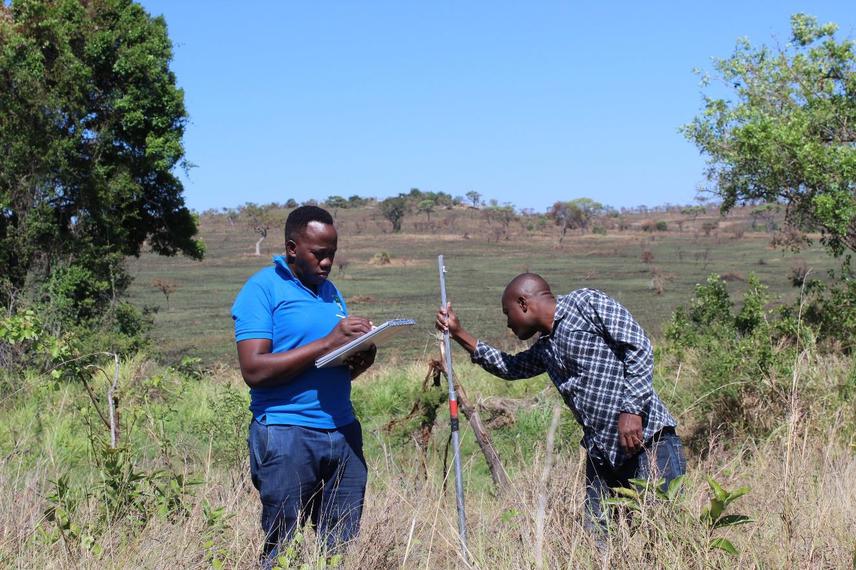John Reuben Hongoa
The main goal of this project is to model the habitat, abundance and distribution of Opuntia species under current environmental conditions and to predict changes in the future in the Serengeti Ecosystem. Serengeti National Park is an iconic protected area which famously supports the world’s largest terrestrial mammal migration. However, the park has been recently invaded by Opuntia, a spiny succulent plant, which could threaten pastureland used by grazing wildlife. If Opuntia spreads uncontrollably in the coming years, it could significantly reduce the habitat availability for wildlife, which is the primary concern for managers.

Spatial modelling of the invasive plant Opuntia: Habitat, abundance and distributions under climate change in Serengeti National Park, is the project which will be implemented in Serengeti National Park. The main goal of this project is to model the habitat, abundance and distribution of Opuntia species under current environmental conditions and to predict changes in the future in the Serengeti Ecosystem.
Again, the growing concern over climate changes in the ecosystem may exacerbate the invasion, and managers have identified a need to predict where the species will spread next to mitigate its potential effects. Therefore, following this work with the park ecology department, I hope to help park management to identify the current invaded areas and predict areas likely to be invaded in the future.
Again, the project will quantify the abundance and percentage of the area invaded by the Opuntia spp and reveal its distribution. Therefore, findings from this project will help to raise attention of the management of the park and more specifically on how to control spread of Opuntia.
Additionally, the project envisages that through provisioning data to managers, immediate measures could be undertaken in order to reduce the spread of the alien species in the park. For example, physical or chemical control could be considered in the future to control and eventually stop the spread of Opuntia thereby protecting the suitability of areas for wildlife. This will have significant effect to the habitat of ecosystem and therefore play crucial role on habitat restoration.